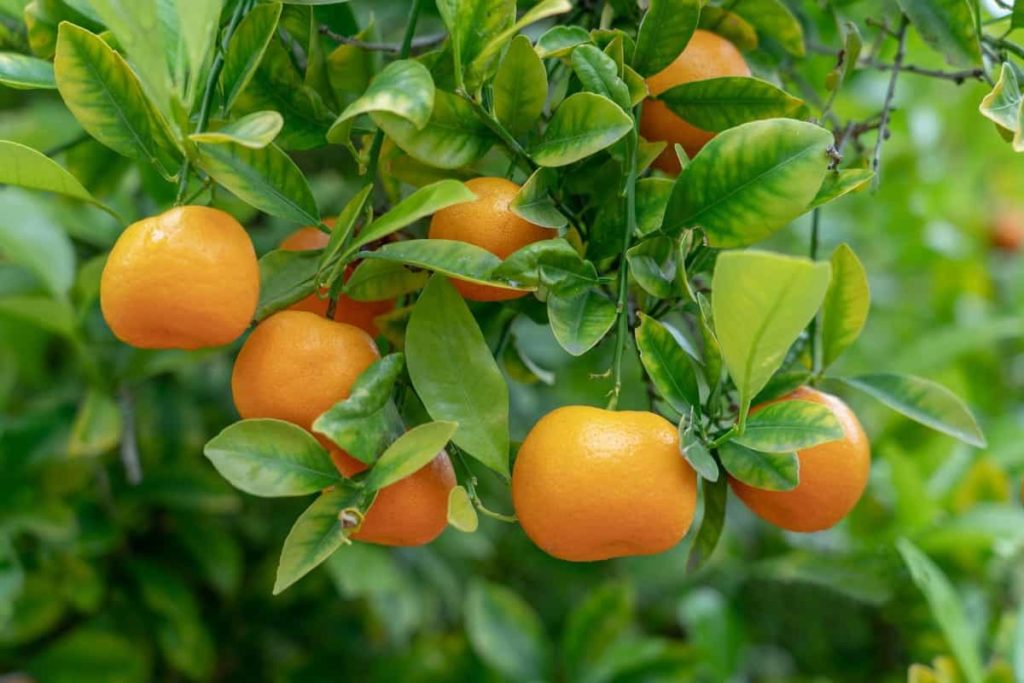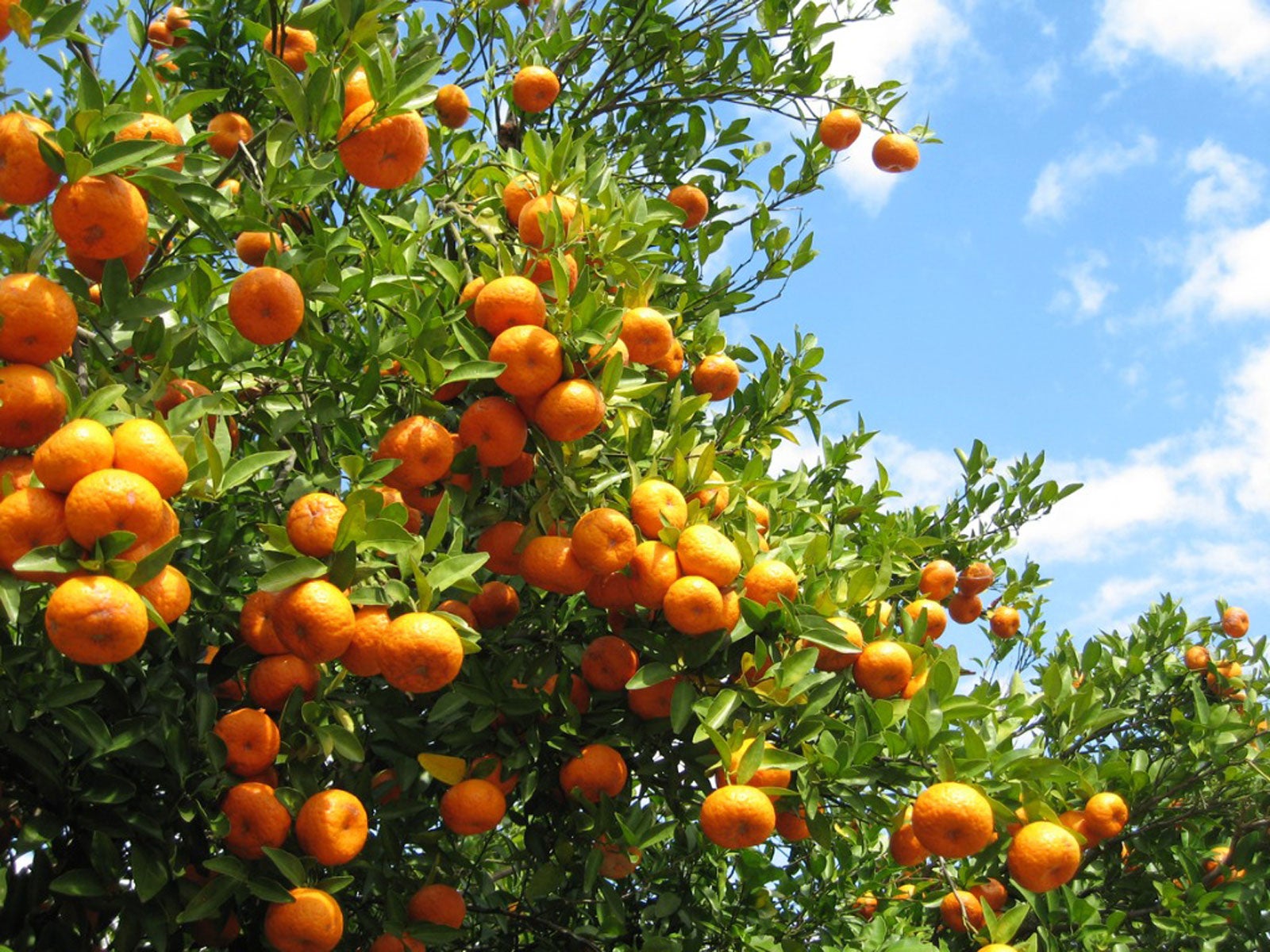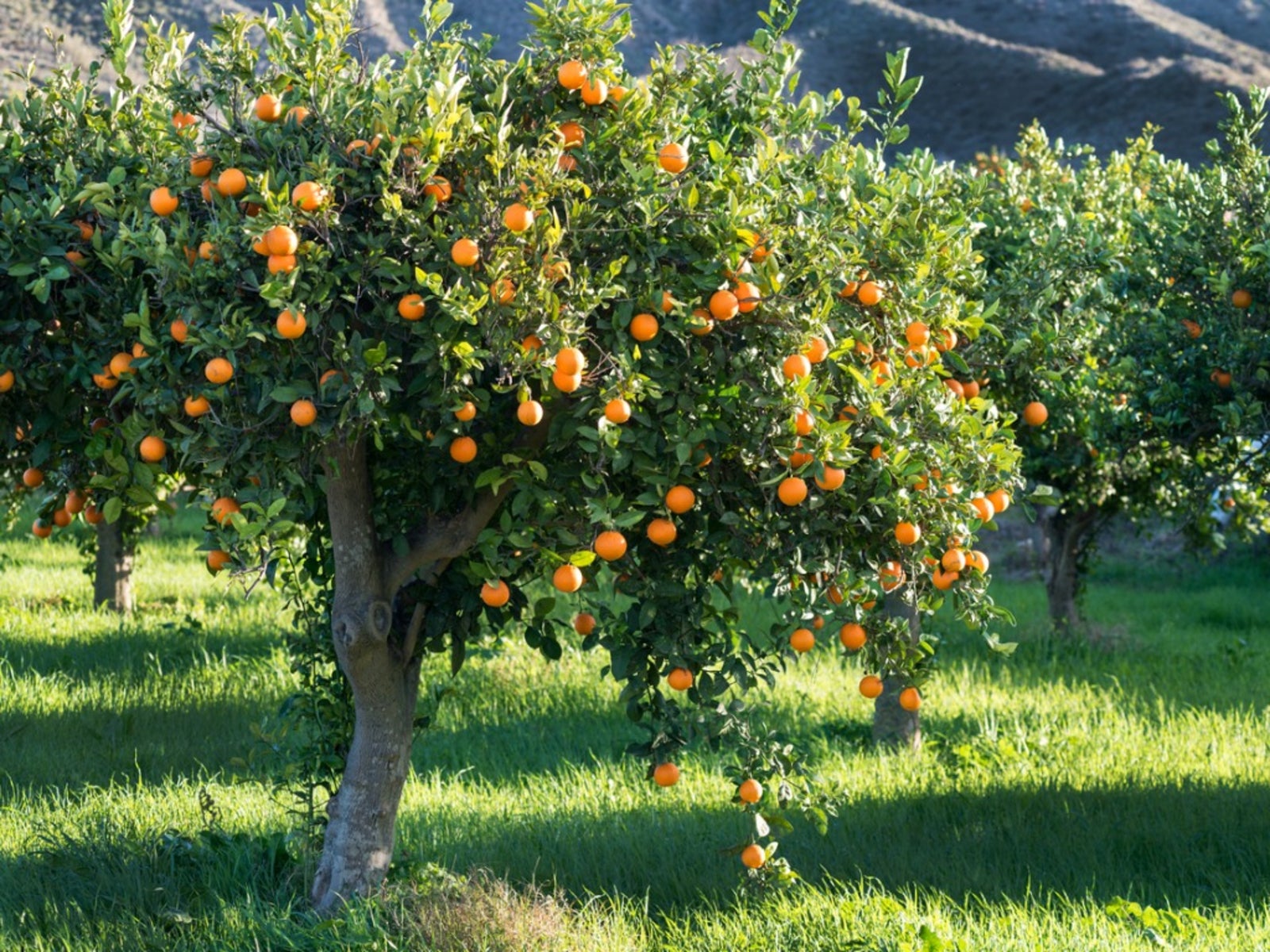Orange Tree Growth Cycle: Understanding the Basics
Orange trees, like most fruit trees, follow a specific growth cycle that includes various stages such as germination, growth, flowering, fruiting, and dormancy. Planting at the right time is crucial to ensure optimal growth and fruit production. The best season for planting orange trees depends on several factors, including the tree’s age, climate conditions, and personal preferences.
Climate Conditions: Factors to Consider When Planting Oranges
Orange trees thrive in subtropical and tropical climates with warm temperatures and abundant rainfall. When selecting the best season for planting oranges, it is essential to consider the impact of climate conditions, including temperature, rainfall, and sunlight requirements. Here are some factors to keep in mind:
- Temperature: Orange trees require warm temperatures to grow and produce fruit. The ideal temperature range is between 65°F and 85°F (18°C and 29°C). Planting during a season with temperatures outside this range can negatively impact tree growth and fruit production.
- Rainfall: Orange trees require regular watering, especially during their first few years of growth. Planting during a season with ample rainfall can help ensure that the trees receive the necessary moisture to thrive.
- Sunlight: Orange trees require at least six hours of direct sunlight per day. Planting during a season with long days and plenty of sunlight can help promote healthy tree growth and fruit production.
By considering these factors, you can select the right season for planting oranges based on your unique climate conditions. Proper preparation and care are essential to ensure optimal growth and fruit production.
Spring Planting: A Popular Choice for Orange Trees
Spring is a popular season for planting orange trees due to its warm temperatures and ample rainfall. Here are some benefits of planting oranges in the spring and tips on how to prepare the soil and care for young trees during this season:
- Warm Temperatures: Spring temperatures are ideal for planting orange trees, as they provide the necessary warmth for healthy growth. Make sure to wait until the last frost has passed before planting to avoid damaging the young trees.
- Ample Rainfall: Spring is typically a wet season, which can provide the necessary moisture for young orange trees. However, it’s still essential to water the trees regularly, especially during periods of drought.
- Preparing the Soil: Before planting, prepare the soil by removing any weeds or debris. Add organic matter such as compost or well-rotted manure to improve soil structure and fertility. This will help promote healthy root growth and establishment.
- Caring for Young Trees: After planting, water the trees thoroughly and mulch around the base to retain moisture and suppress weeds. Keep an eye out for pests and diseases and address any issues promptly. Regularly prune the trees to promote healthy growth and fruit production.
By following these tips, you can take advantage of the benefits of spring planting and promote healthy growth and fruit production in your orange trees.
Summer Planting: Advantages and Disadvantages
Summer is another popular season for planting orange trees due to its long days and warm temperatures. While summer planting can lead to increased growth, it also presents some challenges. Here are some advantages and disadvantages to consider:
- Advantages:
- Long days and warm temperatures can promote healthy growth and fruit production.
- Summer planting allows for a longer growing season, which can lead to earlier fruit production.
- Disadvantages:
- Summer planting requires more frequent watering due to increased evaporation and transpiration.
- Excessive heat and sunlight can damage young trees if proper precautions are not taken.
- Pests and diseases are more active during the summer, which can increase the risk of infestation.
To mitigate these challenges, it’s essential to provide adequate water and sun protection for young trees during the summer. This may include installing shade cloth or providing regular irrigation to maintain soil moisture. Additionally, it’s important to monitor trees for pests and diseases and address any issues promptly.
Autumn Planting: A Hidden Gem for Orange Tree Growers
Autumn is often overlooked as a planting season for orange trees, but it can offer several benefits for growers. Here are some advantages of planting oranges in the autumn and tips on how to protect young trees from frost and pests during this season:
- Cooler Temperatures: Autumn temperatures are typically cooler than summer temperatures, which can reduce the amount of watering required and decrease the risk of heat stress. However, it’s still important to monitor soil moisture and provide adequate water during dry spells.
- Increased Rainfall: Autumn is often a wet season, which can provide the necessary moisture for young orange trees. However, it’s still essential to monitor soil moisture and provide additional water if necessary.
- Protecting Young Trees: Autumn planting requires some precautions to protect young trees from frost and pests. This may include covering the trees with frost blankets or using tree guards to prevent damage from rodents and other pests. It’s also important to monitor trees for signs of disease or infestation and address any issues promptly.
By following these tips, you can take advantage of the benefits of autumn planting and promote healthy growth and fruit production in your orange trees. However, it’s essential to consider your unique climate conditions and personal preferences when choosing the best season for planting oranges.
Winter Planting: Is it Possible to Plant Oranges in the Cold?
Winter may not seem like an ideal time to plant orange trees due to cold temperatures and limited sunlight. However, with proper care and preparation, it is possible to plant oranges during the winter months. Here are some tips on how to care for young trees during this season:
- Choosing the Right Tree: Select a hardy orange tree variety that is well-suited to your climate and can withstand cold temperatures. Some cold-tolerant varieties include the ‘Navel’ and ‘Valencia’ oranges.
- Planting Techniques: Plant orange trees in well-draining soil and avoid planting in areas with standing water. This can help prevent root rot and other diseases that can affect young trees.
- Protecting from Cold: Protect young trees from frost and cold temperatures by covering them with frost blankets or using tree guards. This can help maintain soil temperature and prevent damage to the tree’s bark and roots.
- Watering and Fertilizing: Winter planting requires less frequent watering and fertilizing due to decreased evaporation and transpiration. However, it’s still important to monitor soil moisture and provide adequate water during dry spells. Avoid fertilizing during the winter months, as this can promote new growth that is more susceptible to frost damage.
By following these tips, you can successfully plant and care for orange trees during the winter months. However, it’s essential to consider your unique climate conditions and personal preferences when choosing the best season for planting oranges.
How to Choose the Right Season for Planting Oranges: A Step-by-Step Guide
Choosing the right season to plant orange trees is crucial for optimal growth and fruit production. Here is a step-by-step guide to help you make an informed decision:
- Assess Your Climate Conditions: Determine your local climate conditions, including temperature, rainfall, and sunlight requirements. This will help you select the best season for planting based on the tree’s needs.
- Consider Tree Age: Consider the age of the tree when choosing the best season for planting. Younger trees may require more care and attention, while more established trees may be able to withstand harsher conditions.
- Evaluate Personal Preferences: Evaluate your personal preferences, including the amount of time and resources you are willing to dedicate to caring for the tree. This will help you determine the best season for planting based on your unique circumstances.
- Select the Right Season: Based on the above factors, select the best season for planting oranges. Spring and autumn are typically the best seasons for planting, as they offer moderate temperatures and increased rainfall. However, winter and summer planting may be possible with proper care and preparation.
- Prepare the Soil: Prepare the soil by removing weeds and debris, adding organic matter, and ensuring proper drainage. This will help promote healthy root growth and establishment.
- Care for Young Trees: Care for young trees by providing adequate water, protecting from pests and diseases, and monitoring soil moisture. Regular pruning and fertilizing can also promote healthy growth and fruit production.
By following these steps, you can choose the right season for planting oranges and promote healthy growth and fruit production. Remember, the best season for planting oranges depends on a variety of factors, including climate conditions, tree age, and personal preferences. Do your research and make an informed decision based on your unique circumstances.
Conclusion: The Best Season for Planting Oranges Depends on Your Unique Circumstances
In conclusion, the best season for planting oranges depends on a variety of factors, including climate conditions, tree age, and personal preferences. Spring and autumn are typically the best seasons for planting, as they offer moderate temperatures and increased rainfall. However, winter and summer planting may be possible with proper care and preparation.
When choosing the best season for planting oranges, it’s essential to consider your local climate conditions, including temperature, rainfall, and sunlight requirements. Younger trees may require more care and attention, while more established trees may be able to withstand harsher conditions. Evaluate your personal preferences, including the amount of time and resources you are willing to dedicate to caring for the tree.
Once you have selected the best season for planting oranges, prepare the soil by removing weeds and debris, adding organic matter, and ensuring proper drainage. Care for young trees by providing adequate water, protecting from pests and diseases, and monitoring soil moisture. Regular pruning and fertilizing can also promote healthy growth and fruit production.
By doing your research and making an informed decision based on your unique circumstances, you can ensure optimal growth and fruit production for your orange trees. Remember, the best season for planting oranges is the one that suits your specific needs and conditions.







